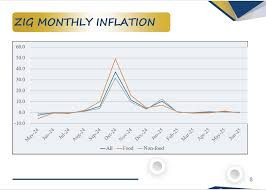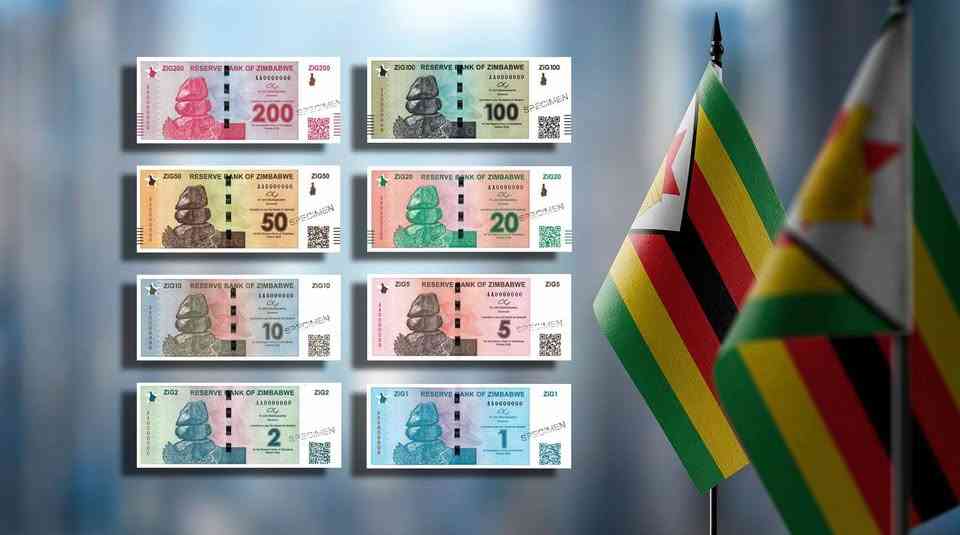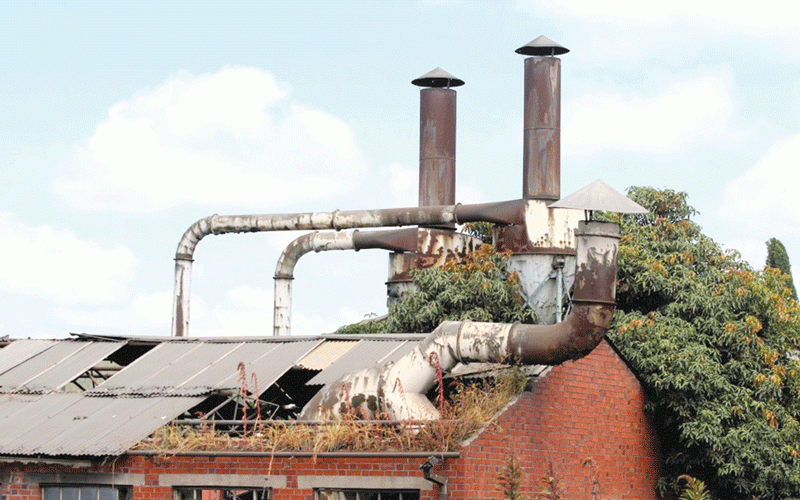
Two weeks. Two glossy blueprints. One glowing portrait of a Zimbabwe supposedly in one of its finest economic spells.
Last week, the Reserve Bank of Zimbabwe (RBZ)’s mid-term monetary policy statement beamed with confidence: inflation, which rampaged at 95% in July, is “under control,” foreign currency inflows are surging, reserves are swelling, and ZiG is gaining traction. A week earlier, Finance minister Mthuli Ncube’s fiscal review sang the same tune — assuring millions of a stronger rebound, with GDP growth now forecast to triple this year’s earlier projection.
On paper, the country is not just stabilising — it is accelerating. But step off the podium and into the streets, and another Zimbabwe emerges — one where blackouts choke industry, shopfronts shutter, and the much-celebrated currency is treated with suspicion in daily trade.
Veteran economist Eddie Cross said this week after reading both policies, the same picture emerged — but so did the flaws: a bloated civil service with a wage bill that drains about 50% of state revenues, and laxity in the collection of import duties.
Cross noted US$500 million in duties from about US$2 billion in annual car imports was far too little, depriving the state of resources and deepening the inequalities now haunting Zimbabwe.
“For some time, I have argued that Zimbabwe’s economic fundamentals are sound,” Cross said.
“We have a balance of payments surplus, a small fiscal surplus, and have been able to stabilise the money market to some extent. Despite this, growth remains slow and fails to penetrate to the poorer segments of society. This is creating an increasingly unequal nation,” he warned.
Inequality is now a continental plague. In May, Oxfam reported Africa’s richest 5% control around US$4 trillion in wealth — more than double the combined holdings of the remaining 95% and well above the continent’s estimated US$3,4 trillion GDP.
- Mavhunga puts DeMbare into Chibuku quarterfinals
- Bulls to charge into Zimbabwe gold stocks
- Ndiraya concerned as goals dry up
- Letters: How solar power is transforming African farms
Keep Reading
On home soil, Zimbabwean economists are equally uneasy.
“It is a classic case of macroeconomic stability and growth in one sector not immediately translating to tangible improvements for the broader population,” said Stevenson Dhlamini, economics lecturer at the National University of Science and Technology.
“The growth you are seeing is concentrated in the formal export sector, with limited mechanisms to transmit that wealth to the domestic economy, partly due to the high cost of capital,” he added.
The RBZ’s own data paints a picture of resilience: foreign inflows hit US$7,2 billion in the first half, up from US$5,9 billion a year earlier. Reserves have surged 150% since April, ZiG’s share of electronic transactions jumped to 40% at the end of June from 26%, and inflation is projected to fall to 30% by year-end. Agriculture and mining have posted record outputs — gold production rose 45,3% to 18,9 tonnes in the first half, while tobacco deliveries also hit record highs.
Yet for small businesses — the backbone of daily commerce — the reality is stark: cash, credit, and foreign exchange remain elusive. Government still owes legions of small contractors. Mines retrenched more than 1 200 workers in the past year, including 400 recently laid off at the Zimbabwe Consolidated Diamond Company.
Formal sector employment stands at just 1,98 million in a nation of 16 million. Average wages hover around US$260 a month — down from US$310 a year earlier in real terms due to ZiG depreciation. Over three-quarters of the labour force now works in the informal economy, according to the Zimbabwe National Statistics Agency.
It is the highest such rate in decades.
The turbulence has claimed big names: OK Zimbabwe narrowly avoided a liquidity crisis in December; Botswana-headquartered Choppies has exited; Unilever has divested; wholesaler Metro Peech has been hit hard. Informal sector participation has jumped to 76% from about 60% in just a few years.
Consumer spending in supermarkets fell in the second quarter as households shifted to cheaper, US dollar priced goods in open markets. Salaries in ZiG are often dumped on the black market within days, fetching rates far weaker than the official peg. The US dollar still rules — not by preference, but by necessity.
“Current growth is largely statistical — a by - product of GDP rebasing, rising export receipts, and reserve accumulation — rather than broad based expansion in jobs, incomes, or industrial activity,” said economist Chenayimoyo Mutambasere of the Africa Centre for Economic Justice.
She noted that structural weaknesses remain: Platinum group of metals prices fell 15% in the first quarter. Overall, mines lost US$200 million revenues year on year, during the first quarter, according to Chamber of Mines of Zimbabwe statistics. Of those that have taken refuge in the informal sector, 98% of the enterprises are micro or small-scale — a clear sign of a weak domestic market.
Power cuts have returned despite US$1,5 billion spent on Hwange’s Units 7 and 8, which added 600 MW in 2023. Generation has slipped to between 1 100MW and 1 200MW against demand of up to 1 800MW, triggering eight to 14 hour blackouts. Manufacturing capacity utilisation fell to 52,3% in the first quarter from 53,2% during the same period in 2023.
Tourism revenues plunged 16% in the first quarter to US$145 million. The Chamber of Mines warns that expansion plans are stalling under the weight of delayed Value-Added-Tax refunds, erratic power, and tightening liquidity.
It is, in Dhlamini’s words, a “dual-speed economy.” On one track, exporters and extractive industries rake in foreign currency, bolstering macro numbers. On the other, the vast domestic and informal economies are choked by expensive capital, policy uncertainty, currency friction, and weak demand.
Trust Chikohora, economist and former Zimbabwe National Chamber of Commerce president, was forthright: “The RBZ, just like the Minister of Finance, changed nothing in last week’s monetary policy review. The same challenges from the first half will continue into the second.”
Others are more optimistic. “In my view the growth is real,” said Tapiwa Sibanda, head of strategy at Trade Winds. “Infrastructure spending is up, the tobacco crop is at record levels. Company closures don’t mean the economy is shrinking — new firms are emerging too.”
For some, the numbers are the first building blocks of recovery. For others, the stability feels brittle — propped up by a narrow base and vulnerable to shocks. Critics say the current policy framework has stabilised the macro picture by narrowing who benefits: exporters, big agriculture, and formal finance. Everyone else is trapped in an illiquid, dollarised shadow economy.
Yet for everyone, the danger is clear — the more growth concentrates in a few sectors, the more fragile the economy becomes — and the more alienated the majority feel from the official story. Every closed factory, every skilled worker lost, every unpaid supplier shrinks the country’s ability to turn stability into broad based recovery.
“If the past fortnight’s blueprints are to be more than statistical mirages, they must speak to the other Zimbabwe — where stability feels like stasis and growth is something that happens somewhere else.
Until then, the tears behind the glow will remain invisible to the charts — but deeply felt in the streets,” another economist said.











